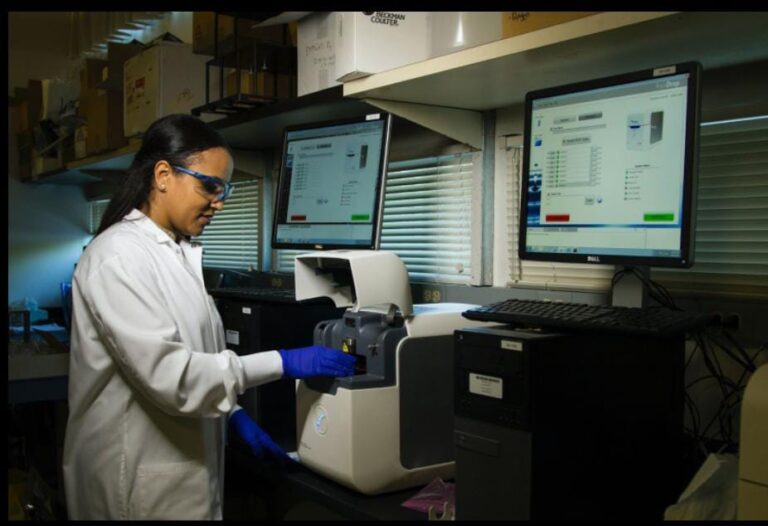Types and Functions of Encoders
Encoders are devices used to convert information from one format or code to another, typically for the purpose of standardizing, compressing, or facilitating its transmission or storage. In the context of motion control and automation, encoders are sensors that convert motion (linear or rotational) into an electrical signal that can be interpreted by a control system. Encoders are crucial in various applications such as robotics, industrial automation, and instrumentation.
Below is an overview of the different types of encoders and their functions:
1. Rotary Encoders
Function: Rotary encoders measure the rotational position or speed of a shaft or axle. They convert the angular position or motion of the shaft into an analog or digital signal.
Types:
- Incremental Encoders: These encoders generate a series of pulses as the shaft rotates. The pulses are counted to determine the position, speed, or distance traveled. However, they do not provide an absolute position—only the relative movement is detected.
- Applications: CNC machines, conveyor systems, robotics.
- Absolute Encoders: Absolute encoders provide a unique position value for every shaft angle, meaning they can provide the exact position of the shaft even after power loss or restart.
- Applications: Elevators, industrial automation, medical devices.
2. Linear Encoders
Function: Linear encoders measure the position or speed along a linear path, converting it into an electrical signal for processing. They are used for applications that require precise linear motion detection.
Types:
- Incremental Linear Encoders: Similar to incremental rotary encoders but used for linear motion. They provide relative position information based on the count of pulses.
- Applications: Precision measuring instruments, machine tools.
- Absolute Linear Encoders: These encoders provide an absolute position along a linear path, giving a unique output for each position along the scale.
- Applications: Coordinate measuring machines, and semiconductor manufacturing.
3. Optical Encoders
Function: Optical encoders use a light source and photodetector to read the position of a rotating disk or linear scale that has a pattern of opaque and transparent sections. The light passes through the transparent sections and is detected by the photodetector, generating a signal.
Types:
- Incremental Optical Encoders: They generate pulses as the light passes through the transparent sections of the disk or scale, used for relative position measurement.
- Applications: Robotics, automotive systems.
- Absolute Optical Encoders: They use a coded pattern to provide a unique signal for each position, giving absolute position data.
- Applications: Industrial automation, precision equipment.
4. Magnetic Encoders
Function: Magnetic encoders use magnetic fields to detect position changes. They typically involve a magnetic sensor and a magnetized scale or disk. Magnetic encoders are robust and can operate in harsh environments.
Types:
- Incremental Magnetic Encoders: They generate pulses as the magnetic fields interact, which are then counted to measure position or speed.
- Applications: Harsh industrial environments, and off-road vehicles.
- Absolute Magnetic Encoders: These provide a unique magnetic signature for each position, offering absolute position feedback.
- Applications: Heavy machinery, wind turbines.
5. Capacitive Encoders
Function: Capacitive encoders use changes in capacitance between a rotor and stator to detect motion. They are less sensitive to contamination and are used in environments where dust or oil might affect optical or magnetic encoders.
Types:
- Incremental Capacitive Encoders: Measure relative motion by detecting changes in capacitance as the rotor moves.
- Applications: Consumer electronics, industrial controls.
- Absolute Capacitive Encoders: Provide absolute position feedback by reading unique capacitance values for each position.
- Applications: Medical devices, aerospace applications.
6. Resistive Encoders
Function: Resistive encoders use a resistive track and a wiper contact that moves across the track. The position is determined by measuring the resistance, which varies as the wiper moves.
Types:
- Incremental Resistive Encoders: Measure relative changes in position by detecting resistance changes.
- Applications: Simple industrial applications, manual controls.
- Absolute Resistive Encoders: Provide absolute position feedback based on the resistance value at each position.
- Applications: Manual control knobs, automotive sensors.
Summary of Functions
- Position Measurement: Encoders provide precise information about the position of an object, either in rotational or linear form.
- Speed Measurement: By detecting the rate of change in position, encoders can measure the speed of movement.
- Direction Detection: Many encoders can determine the direction of movement, which is essential for control in automation systems.
- Feedback for Control Systems: Encoders generate signals that are fed back into control systems to adjust processes in real time, ensuring accuracy and efficiency.
Encoders are essential components in many modern technologies, providing the critical feedback necessary for precise motion control and automation.
OstBridge is based on the market in China and Europe to provide our clients with original HEIDENHAIN, PRECIZIKA, SIEMENS, B & R, BOSCH REXROTH, EATON VICKERS, PARKER, Large stock, accept MOQ, fast delivery If you are looking for the fields of precise motion control, electronic control, automation, and hydraulic system, the OstBridge team must be your first choice to bring you the right solution.





